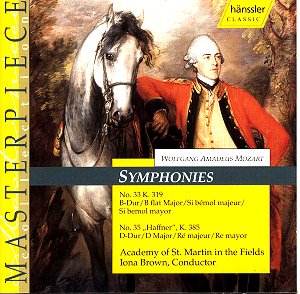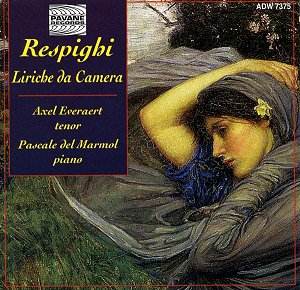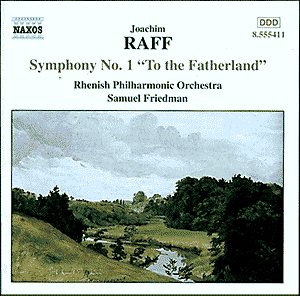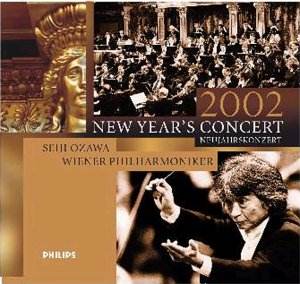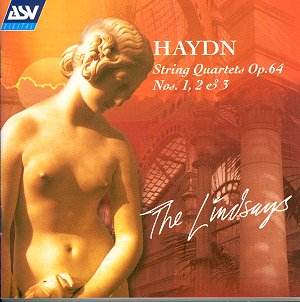 Composer: Joseph Haydn
Composer: Joseph Haydn
Works: String Quartets Op. 64, Nos. 1, 2, 3
Performers: The Lindsays: Peter Cropper, violin; Roland Birks, violin; Robin Ireland, viola; Bernard Gregor-Smith, cello
Recording: September 1999, Holy Trinity Church, Wentworth, England
Label: ASV CD DCA 1083
Joseph Haydn’s String Quartets Op. 64, composed between 1787 and 1790, represent a significant milestone in the evolution of chamber music. This period is characterized by Haydn’s innovative spirit as he crafted twelve quartets, with the Op. 64 set often regarded as a pinnacle of his quartets. H. C. Robbins Landon’s description of these works as “perhaps Haydn’s single greatest achievement of the period” resonates profoundly, as they encapsulate the composer’s ability to blend profound intellectual rigor with lyrical beauty.
The Lindsays’ interpretation of these quartets showcases their deep understanding of Haydn’s style and intent. In the String Quartet in C Major, Op. 64, No. 1, the performers deliver a lush opening allegro moderato that captures the exuberance and buoyancy characteristic of Haydn’s early style. The dialogue between the first and second violins is executed with remarkable clarity, allowing the intricate counterpoint to emerge with a delightful buoyancy. The choice to emphasize the dynamic contrasts within the movement highlights the composer’s playful wit, while the subsequent adagio ma non troppo is infused with a reflective, almost melancholic quality, executed with a tenderness that does justice to Haydn’s emotional depth.
The second quartet, in B minor, Op. 64, No. 2, stands out with its darker, more introspective character. The Lindsays navigate the emotional terrain with a keen sense of tension and release. The slow movement’s adagio is particularly striking; here, the nuanced phrasing and sensitive intonation elevate the music to a level of introspective poignancy rarely achieved in this work. The performers’ ability to blend their tones creates an intimate soundscape, drawing the listener into the heart of Haydn’s expressive world. The third quartet, in B flat, Op. 64, No. 3, bursts forth with vitality in the vivace assai finale, where the folk-like melodies are animated by the ensemble’s vigorous articulation and rhythmic precision. This movement is a testament to Haydn’s playful spirit, and the Lindsays bring it to life with infectious energy.
The recording quality, captured in the acoustically warm Holy Trinity Church, enhances the overall experience. The balance among the instruments is generally effective, though there are moments when the individual lines could be more distinctly delineated, allowing for a clearer appreciation of each player’s contribution to the ensemble. The engineering captures the warmth of the strings, yet this occasionally comes at the expense of the transparency that the intricate counterpoint demands.
Comparatively, while there are numerous notable recordings of Haydn’s string quartets—such as those by the Alban Berg Quartet and the Takács Quartet—the Lindsays offer a unique interpretation that stands out for its blend of charm and energy. Their approach emphasizes the dichotomy between Haydn’s humor and his depth, making these performances both engaging and thought-provoking.
The Lindsays’ recording of Haydn’s String Quartets Op. 64 is a vibrant and insightful addition to the canon of Haydn interpretations. Their commitment to the music and to each other as performers allows for a rich tapestry of sound that honors the composer’s legacy while inviting listeners to experience the emotional and intellectual complexities of these masterpieces. This recording not only substantiates the enduring relevance of Haydn’s quartets but also affirms the Lindsays as a formidable force in the realm of chamber music.
